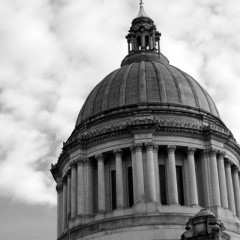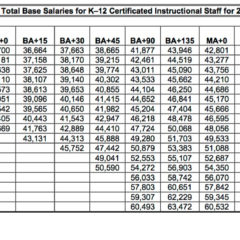I live in Vancouver and teach in Camas. You might have noticed that many schools in my region didn’t start on time this year.
While we eked out a last-minute settlement in Camas (full disclosure, I was on the bargaining team and am the immediate past-President of our association), our neighbors on all sides of us had to head to the picket line in order to settle their contract issues. At the time I’m writing this, there are still several classified unions representing secretaries, support staff, and other vital members of our educational teams who are working without a settled contract.
In the October 9th News Release from OSPI where Superintendent Reykdal shared his proposed state school funding priorities, he called out the struggles Southwest Washington faced under the revised funding model… which many people recognize as the reason that so many educators’ unions ended up picketing instead of starting the school year on time. That model is one I’ll get to in just a minute, though.
While Superintendent Reykdal identifies some important funding priorities, he also properly identifies the root of the problem in our present system: revenue. While the shift to the statewide property tax was intended to be some sort of great equalizer in funding, it did not have that effect. Besides the mythical 3.1% cap on salary increases (which was finally in early August dismissed by Reykdal in a memo to districts), limits on levy capacity became the stalling point at bargaining tables around Southwest Washington, and despite double-digit-percentage increases in total incoming revenue, skittish district leaders were spooked by the shakeup of the levy structure… so much so that at many tables, the initial counter-offers from district leadership constituted de facto pay cuts for educators, despite net gains in total revenue available for educator salary.




